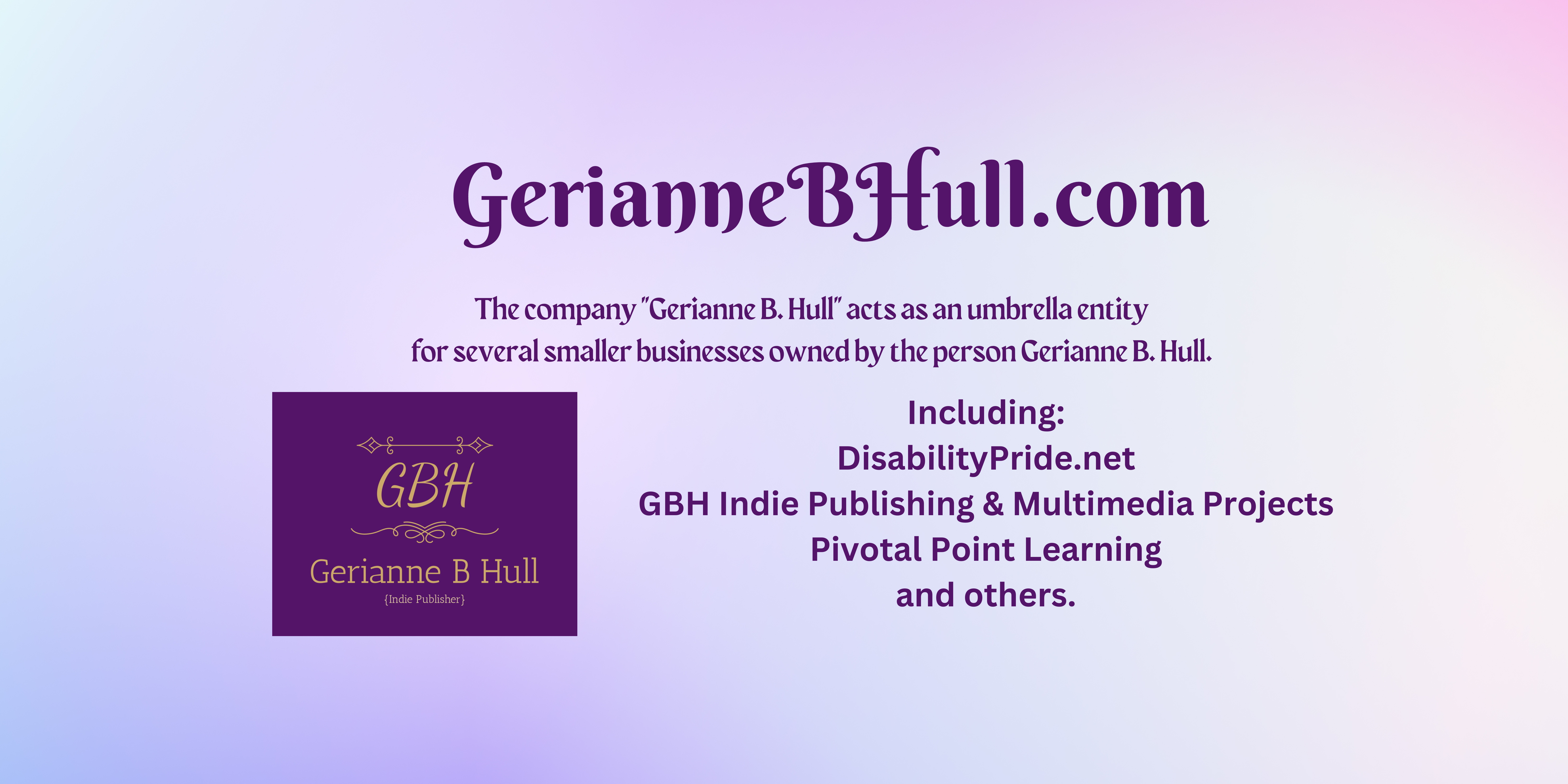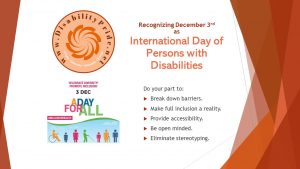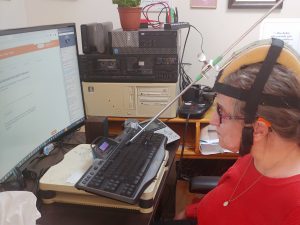[responsivevoice_button voice=”US English Female” buttontext=”Listen to Post”]
Ask Gerianne has faced a few roadblocks but is still in the works! Please be patient and keep your questions coming!

[responsivevoice_button voice=”US English Female” buttontext=”Listen to Post”]
Ask Gerianne has faced a few roadblocks but is still in the works! Please be patient and keep your questions coming!
[responsivevoice_button voice=”US English Female” buttontext=”Listen to Post”]
Hi folks, we just wanted to pop on for a minute to say that we’ve been getting questions for Ask Gerianne and we’re working on putting videos together. We hope we’ll have, hopefully in the next couple of weeks we’ll start answering questions. So far, I’m really happy with the questions we have gotten and I look forward to answering them on video. So, stay tuned and we’ll be seeing you.
By Mary Wilson
 [responsivevoice_button voice=”US English Female” buttontext=”Listen to Post”]
[responsivevoice_button voice=”US English Female” buttontext=”Listen to Post”]
The topic for this year’s International Day of People with Disabilities is “Not all disabilities are visible.” The awareness and discussion of invisible disabilities is close to my heart and always on my mind. Invisible disabilities are varied and, as the name suggests, frequently hidden. This makes them hard to broadly define and changes the conversation around what disability means. There is still significant stigma around mental illness, neurological disorders, and other disabilities that have not immediately identifiable components.
I, personally, define disability as something inherent to a person that disables their interactions with and inclusion in society. It’s not just about encountering barriers to physical spaces, it’s not about medical issues that require frequent intervention or monitoring. It goes far beyond and far deeper than the physical and medical aspects of illness, injury, or other bodily variations. It is something unchangeable about a person that makes their inclusion and participation in every day activities impossible, unlikely or difficult.
I am the parent of two children with invisible disabilities. Labeling my children as disabled is still something I struggle with and frequently just dance around while juggling multiple medications, specialists, appointments, classroom and learning adaptations and ensuring that my kids have the emotional support and tools to deal with the knowledge that they are “different.”
My struggle with the label comes from a feeling of not having earned the right to it. Because our needs and challenges aren’t “serious” or severe even though we deal with them every hour of every day, my kids don’t face major barriers to access, they can play and socialize and attend class. They have what I would consider “passing rights” as non-disabled which I’ve internalized as having less claim to the label and being reluctant to use it. I have met numerous families who have faced SIGNIFICANT barriers to their inclusion in activities I and my children take for granted and I feel like appropriating the label, even in the context of disability pride, may not be the most sensitive thing to do.
This is a common problem amongst people with invisible disabilities. Because they don’t have to face obvious physical barriers, because some days their disability doesn’t affect their lives much, because the world outside their closest circle doesn’t perceive them as “other” those with invisible disabilities are prone to rejecting or downplaying the label of “disabled.” As my involvement in the disability pride movement has grown, my relationship with the label has changed.
Being able to embrace the label “disabled” is a journey and an adventure. Making sure my children are able to share that label with people we love and admire is a privilege. I will continue to grow my relationship with invisible disabilities and with my children, allowing the experience of parenting to develop under the lens of invisible disability. I will allow my children to chose their own labels and develop their own relationships with their bodies and minds, to explore what makes them disabled and identify how their disability provides them a unique viewpoint and experience.
[responsivevoice_button voice=”US English Female” buttontext=”Listen to Post”]

When out and about in the “real world” we encounter a number of barriers to accessibility. A step into a store that’s too high for a wheelchair to climb safely, sidewalks closed for construction, signs in the middle of paths making it impossible for a wheelchair, powerchair or stroller to pass, doors without automatic openers, the list goes on…
I tend to think of the internet as a place with fewer barriers to accessibility. Most computer users with mobility issues have figured out adaptations to use their hardware, people who are hard of hearing, Deaf, or deaf have access to closed captions, folks who are vision impaired, blind, or have reading comprehension problems have screen readers, people with writing difficulties have voice to text for typing (which doesn’t work well for people with accents or speech impediments but that’s another story), etc…
But sometimes a barrier crops up that I don’t expect, in a place I never imagined. Gerianne was looking into online banking and came across a prompt for a digital signature. This is a barrier to access for folks who don’t have the dexterity to use a mouse and don’t have a touch-pad connected to their desktops.
We’ve encountered other barriers to access online too and they usually involve proving identity or the “I am not a robot” things. Timed tests for proving you are not a robot are the most common ones we encounter but I’m sure there are more. We do our best to navigate through them but I’m growing more aware of the lack of inclusion in the design process in a space that I thought was truly for everyone.
User experience designers need to be more aware of the barriers their users encounter, the same way designers of physical spaces need to build that awareness. I don’t have a solution for any of these barriers but it is important to make note and call them out when we encounter them so that we can have a more inclusive, accessible experience, online and offline.
Having one “standard” model of human that all of our environments are build around prevents full, equal access. No two bodies or minds have the same abilities and that’s part of what makes the world interesting and fun.
[responsivevoice_button voice=”US English Female” buttontext=”Listen to Post”]
The folks at the Chilliwack Society for Community Living sent us this beautiful, colourful disability pride parade. We hope that when we are able to celebrate our pride with an in-person parade, ours is half as brightly coloured and joy-filled!
Thank you to Danielle Miller and The CSCL.